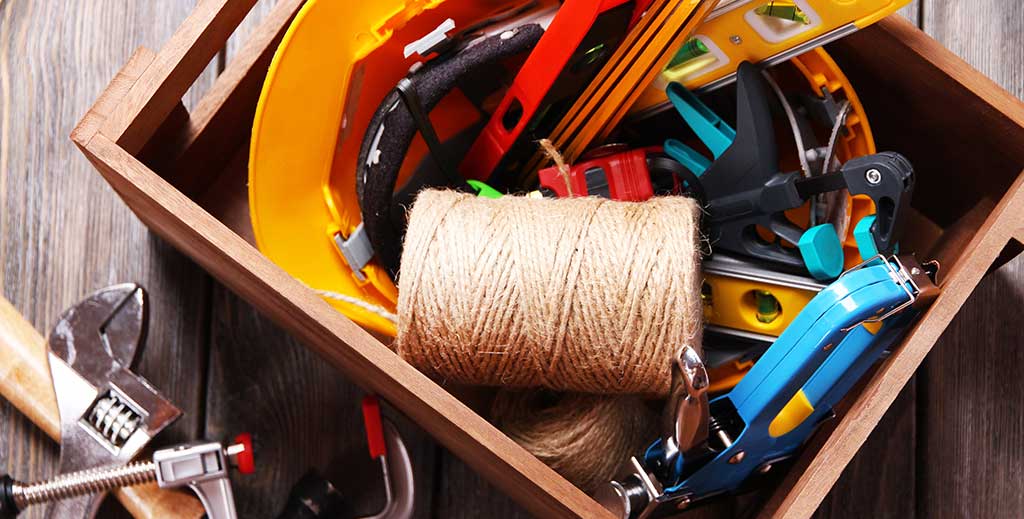Increase Personal Safety Through Situational Awareness
Simply put, situational awareness is the act of paying attention to what’s currently going on around you, understanding how it affects you, and using that information to make decisions and take action if needed. Maintaining situational awareness is an active process.
As you walk down the street, your situation constantly changes; you pass different people, different doorways, cross streets, etc. These are all changes in your situation and each presents a potential safety issue. Everyone is different; some people are naturally more or less aware of their surroundings than others. However, there are some common factors that cause awareness problems for many people. The most common thing that reduces aware is distraction.
Examples that we see every day include:
- Talking or texting on a smart phone
- Walking around listening to music on ear phones
- Daydreaming
Maintaining good awareness of your surroundings helps you stay safe. A lack of situational awareness affects your personal safety in two broad categories:
- Accidents
- Crime
Any time you’re not paying attention to what’s going on around you, you’re more susceptible to being a victim of an accident or a crime. If you’re not paying attention, you won’t have the information you need to avoid a worsening situation. When you’re not paying attention to your surroundings, you’re more likely to stray into a dangerous situation. When that happens, you may not be able to react in time to avoid harm.
Lack of awareness increases your risk of becoming a crime victim. You are more likely to be robbed or worse. People who are unaware are easy victims. Criminals will choose them over people who look like they are aware of the situation.
Situational awareness is a choice. You must choose to take the actions necessary to become and stay aware of your surroundings. Once you do this for a while, it will become second nature.
The following actions will get you started.
- Look at the people around you and what they’re doing. Don’t be rude and stare; just see who’s around, where they are in relation to you, and what they may be doing.
- Note the “normal” level of noise and activity for wherever you happen to be so you can tell when something abnormal may be happening. Your office, your neighborhood, and the local corner store all have a certain amount of activity that typically takes place. This is known as a “baseline”. If those places are much busier or much quieter than the baseline, this could be an early sign that something is happening that you should be aware of.
- If you’re uncomfortable about a situation, pay attention to that feeling. You may have picked up some subtle clues about your surroundings without consciously recognizing them.
- Be aware of where you are and how to get somewhere else. That includes alternate exits and the quickest way out of where you are. If something bad starts happening, you don’t want to have to start searching for an exit.
- Don’t get overly involved with your smart phone in public. The smart phone is probably the single most destructive thing to situational awareness. While you’re staring at your screen, you have no idea what is happening around you. Any time I must use my phone in public, I get out of the crowd, stand somewhere with my back to a wall, and look at my surroundings every 5-15 seconds.
- Understand the fact that bad things sometimes happen and can, in fact, happen to you. Ignorance or denial of this can make it difficult for you to recognize a bad situation when it starts to develop. That will slow down your response and limit your options.
Jeff Cooper, a Marine Corps Lieutenant Colonel during the Korean War, came up with a color-coded system to describe a person’s state of awareness of their surroundings. This system is frequently used as an aid in security training as it provides a set of standard definitions that may be referred to.
Condition WHITE: Oblivious to your surroundings. Walking with your head down, never looking around, perhaps engrossed in a smart phone. A person in Condition White won’t know there’s a problem until they’re in the middle of it.
Condition YELLOW: A relaxed state of general alertness. Your head is up and looking around taking note of your surroundings. If there’s trouble, you’ll see it coming.
Condition ORANGE: You’re aware of and focused on a specific situation that may be a threat such as angry yelling nearby or an unusual smell of smoke in the air. You may feel the effects of adrenaline starting to flow.
Condition RED: You’re in “fight or flight” mode. There is an immediate threat that you must either confront or escape. Adrenaline is flowing and preparing your body for action.
Which Condition Is Best?
Condition Yellow (a relaxed state of general alertness) is where you want to be when you’re in public. Being alert and aware of what’s going on around you can help you avoid situations that lead to Orange and Red. At the very least, you won’t be surprised by them.
People who spend their lives in Condition White often think that people in Condition Yellow are paranoid. Situational awareness is paying attention to what’s happening around you so you can make intelligent decisions and take action if needed.
Being afraid for no reason is not the same as being aware of your surroundings. Situational awareness is a state of mind that you can reach and maintain with a little practice. It can help you have the information you need to make decisions and take action to stay safe. It’s your first line of defense against accidents and crime.
“Weakness of attitude becomes weakness of character.” Albert Einstein
Thanks for the share, TO!



